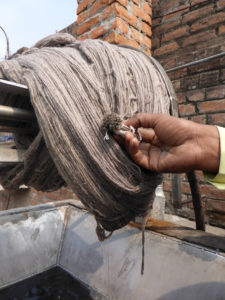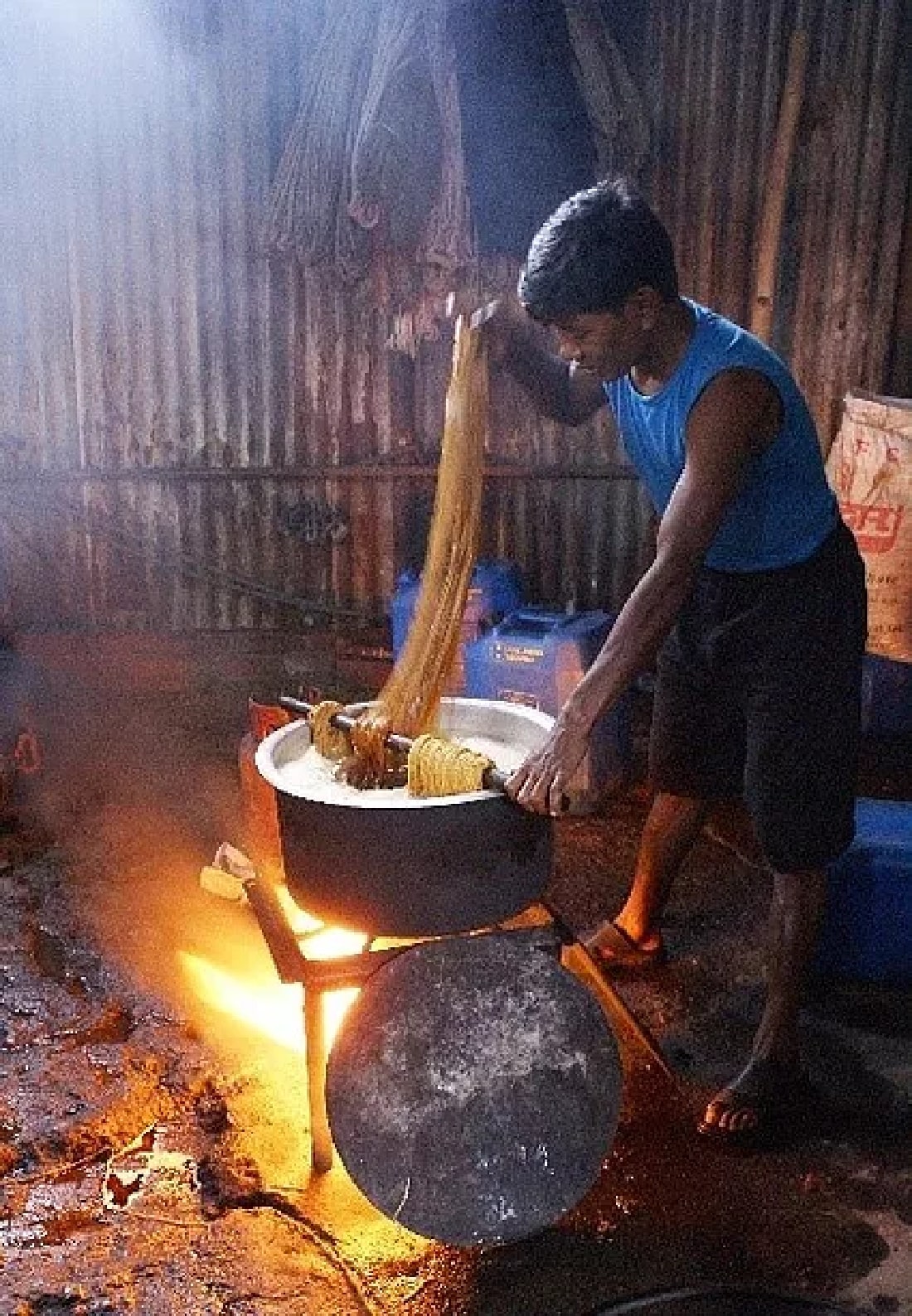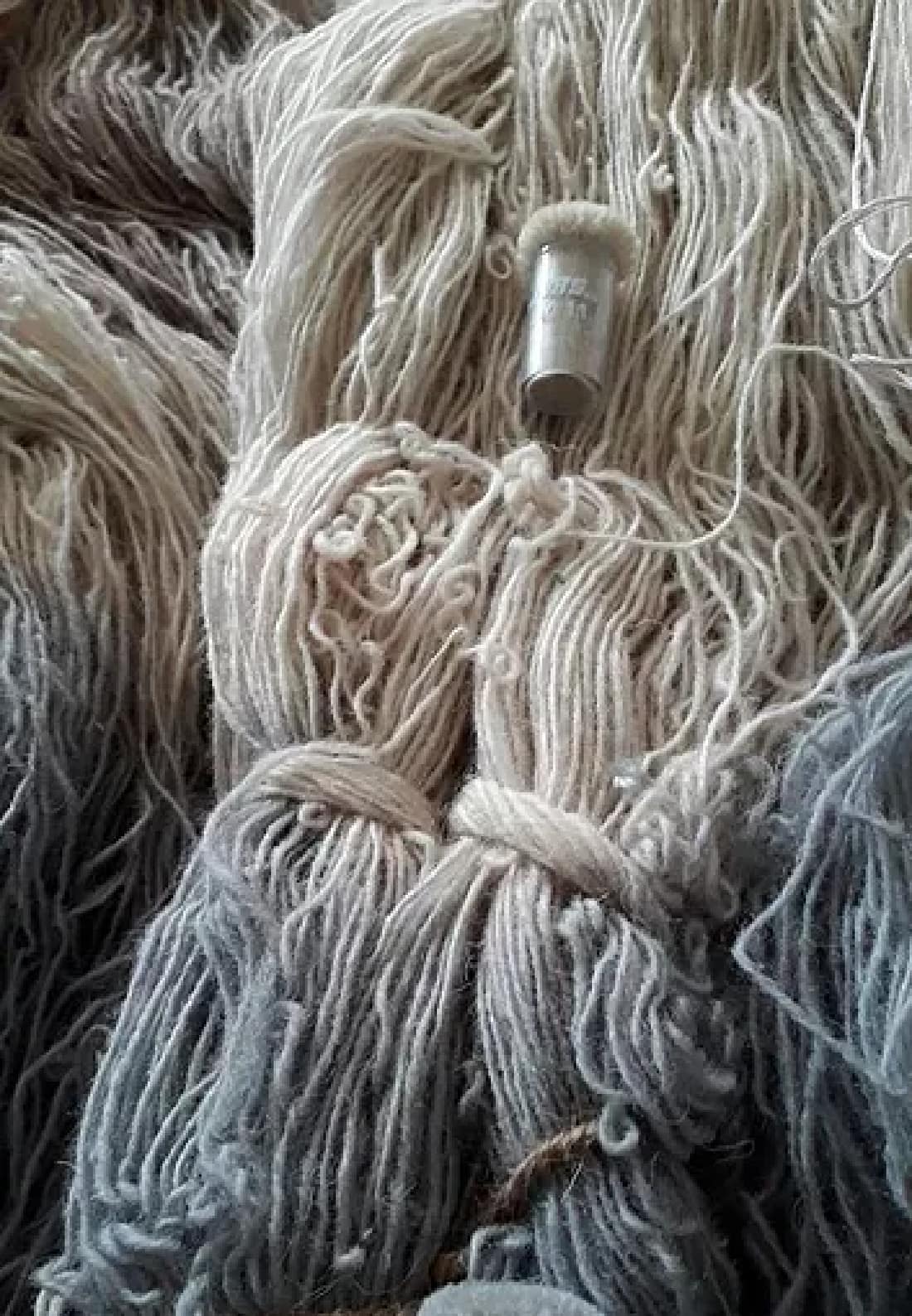The artisanal dyeing process

The minimum quantity needed for the process is one skein, i.e. about 300 g. The more colours there are, the longer the time spent in the dye house.
Samples: when a sample contains many colours, there will be a lot of waste and this can affect its price.

Abrashes
In order to accentuate the handmade look, it is possible to achieve shades from rug colours.
These shades are called abrashes. They are obtained by avoiding uniform dyeing of the skeins of wool or by mixing yarns from different dyes.
The method called “tie and dye” consists of twisting the skein before dipping it in the dye. The dye will attach unevenly along the length of the yarn.
Natural abrashes
Raw, unsorted wool, hemp or jute retain their natural shades in the dyeing process.

An idea,
a project?
Bausol creates and develops contemporary, high-end, luxury handmade rugs for you.
Contact us!
